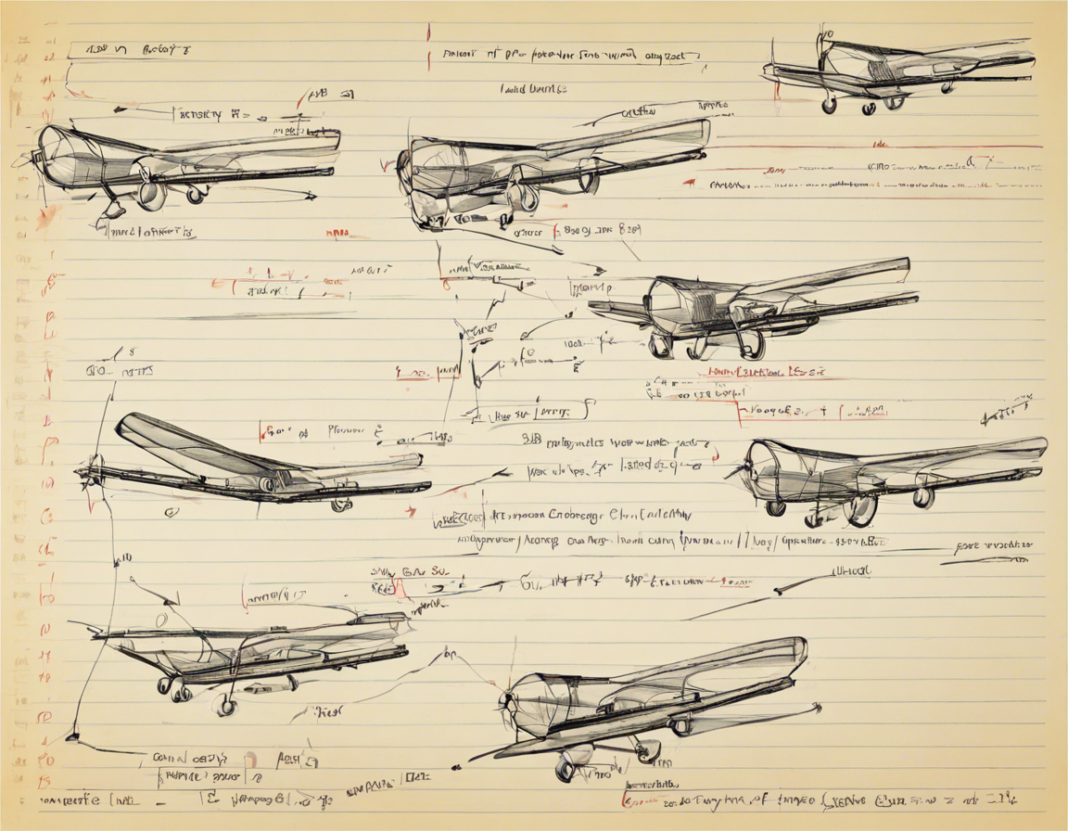Physics can often seem daunting, especially when it comes to topics like motion in a plane. Understanding the behavior of objects moving in two dimensions can be challenging, but with the right guidance and knowledge, it becomes much more manageable. In this article, we will delve into the intricacies of motion in a plane, specifically focusing on the concepts relevant to Class 11 students. By breaking down the key concepts and equations, we aim to provide a comprehensive guide to help you master this fundamental aspect of physics.
An Overview of Motion in a Plane
Motion in a plane refers to the movement of an object in two dimensions, typically represented on a Cartesian coordinate system with x and y axes. In this context, we consider the motion of an object in both the horizontal and vertical directions. Understanding motion in a plane involves analyzing various components such as displacement, velocity, acceleration, and projectile motion. Let’s explore each of these components in detail:
Displacement
Displacement in a plane refers to the change in position of an object with respect to a reference point. It is a vector quantity that has both magnitude and direction. The displacement vector is represented by an arrow pointing from the initial position to the final position of the object.
Equation for Displacement in a Plane:
[
\vec{S} = \vec{r}{\text{final}} – \vec{r}{\text{initial}}
]
Where:
– (\vec{S}) is the displacement vector.
– (\vec{r}{\text{final}}) is the final position vector.
– (\vec{r}{\text{initial}}) is the initial position vector.
Velocity and Acceleration
Velocity and acceleration in a plane are also vector quantities that describe how the motion of an object changes over time. Velocity is defined as the rate of change of displacement with respect to time, while acceleration is the rate of change of velocity with respect to time.
Equations for Velocity and Acceleration in a Plane:
[
\vec{v} = \frac{d\vec{r}}{dt} \quad \text{(Velocity)}
]
[
\vec{a} = \frac{d\vec{v}}{dt} \quad \text{(Acceleration)}
]
Where:
– (\vec{v}) is the velocity vector.
– (\vec{a}) is the acceleration vector.
– (d\vec{r}) is the infinitesimal displacement vector.
– (dt) is the infinitesimal time interval.
Projectile Motion
Projectile motion is a specific type of motion in a plane where an object is launched into the air and moves along a curved path under the influence of gravity. The key characteristics of projectile motion include horizontal velocity, vertical velocity, range, and maximum height.
Equations for Projectile Motion:
- Horizontal Motion:
- (v_{\text{horizontal}} = v \cdot \cos(\theta))
-
(x = v_{\text{horizontal}} \cdot t)
-
Vertical Motion:
- (v_{\text{vertical}} = v \cdot \sin(\theta) – gt)
- (y = v_{\text{vertical}} \cdot t – \frac{1}{2}gt^2)
Where:
– (v) is the initial velocity of the projectile.
– (\theta) is the angle of launch.
– (g) is the acceleration due to gravity.
– (t) is the time elapsed.
Application of Equations in Real-Life Scenarios
Understanding the concepts of motion in a plane is not just limited to theoretical knowledge; these principles have real-world applications that we encounter every day. Whether it’s analyzing the motion of a projectile, calculating the trajectory of a moving object, or predicting the position of a vehicle, the principles of motion in a plane are crucial in various fields such as sports, engineering, and physics research.
By applying the equations and principles discussed above, we can analyze and predict the behavior of objects in motion, allowing us to make informed decisions and optimize designs for efficiency and safety.
Frequently Asked Questions (FAQs)
- What is the difference between distance and displacement?
-
Distance is a scalar quantity that refers to the total length of the path traveled by an object, whereas displacement is a vector quantity that represents the change in position of the object from the initial point to the final point.
-
How can we determine the direction of acceleration in projectile motion?
-
In projectile motion, the acceleration due to gravity always acts vertically downward, irrespective of the horizontal motion of the object.
-
Is it possible for an object to have acceleration but zero velocity?
-
Yes, it is possible. For example, when an object is thrown upwards, it reaches a maximum height where its velocity is momentarily zero, but it still experiences acceleration due to gravity.
-
How do we calculate the range of a projectile?
-
The range of a projectile is the horizontal distance traveled by the object before it hits the ground. It can be calculated using the equation: ( \text{Range} = \frac{v^2 \cdot \sin(2\theta)}{g} ), where (v) is the initial velocity and (\theta) is the launch angle.
-
What factors affect the trajectory of a projectile?
- The trajectory of a projectile is influenced by factors such as the initial velocity, launch angle, air resistance, and gravitational acceleration. These factors determine the shape and reach of the projectile’s path.
In conclusion, motion in a plane is a fundamental aspect of physics that plays a crucial role in understanding the movement of objects in two dimensions. By mastering the concepts of displacement, velocity, acceleration, and projectile motion, you can unravel the mysteries of motion and apply these principles to real-life scenarios. Keep practicing and exploring the intricacies of motion in a plane to deepen your understanding of this fascinating topic.
